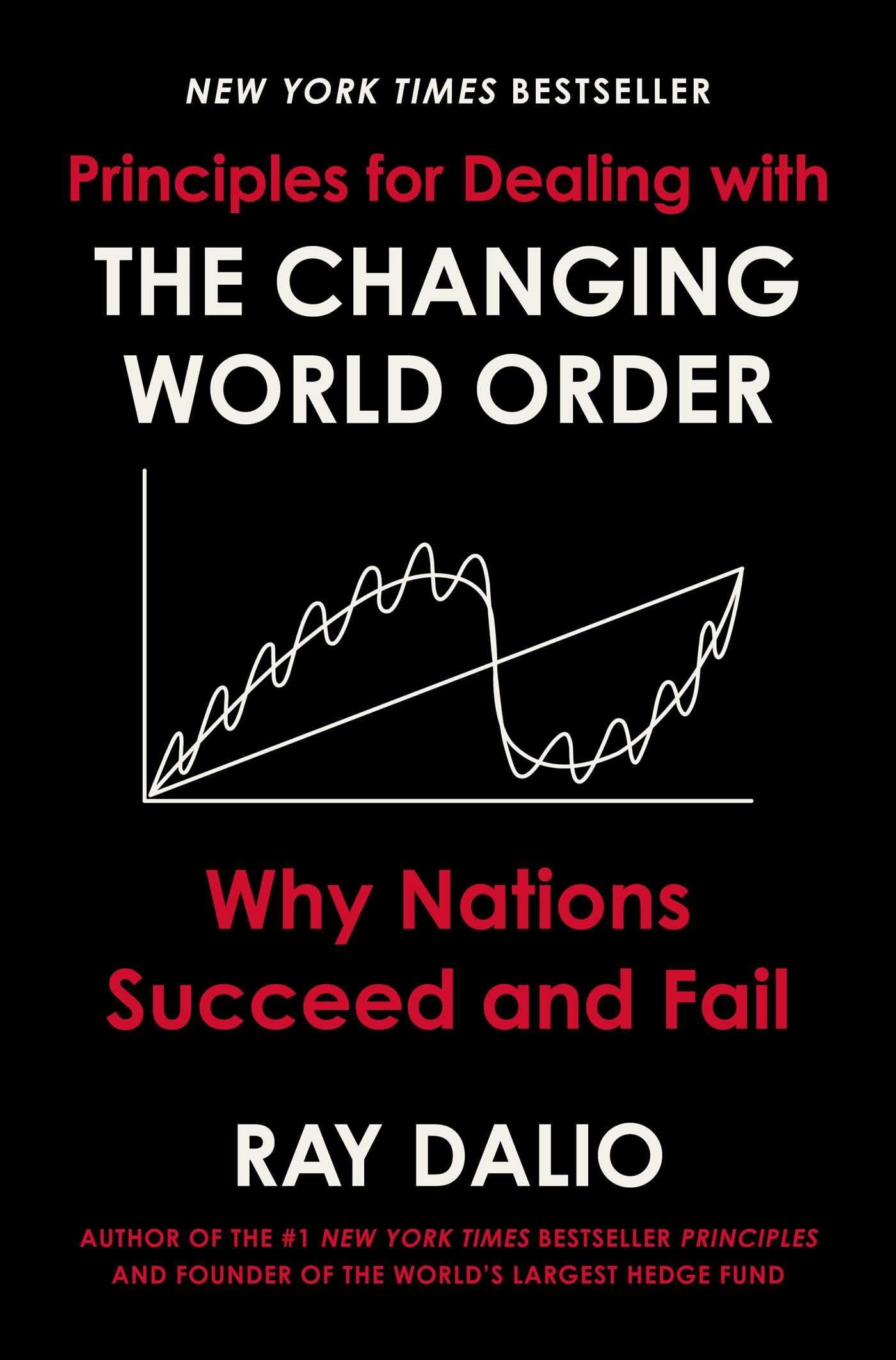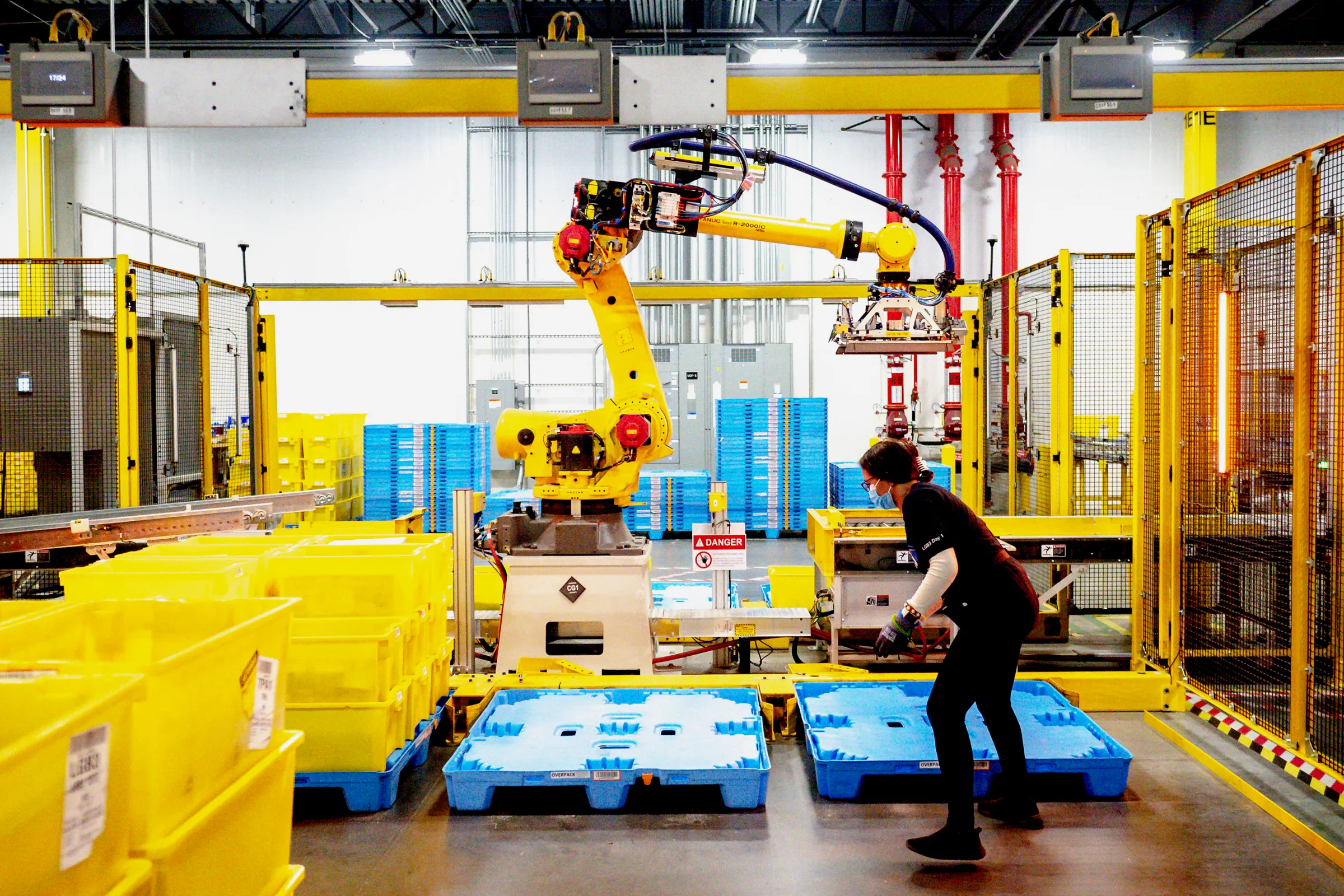by Bruce E. Parry
You should read this book. Ray Dalio is a capitalist, a member of the Council on Foreign Relations (CFR), a billionaire investor, and the Chief Investment Officer of the world’s largest hedge fund, Bridgewater Associates. He is studying history in order to make better financial investments.
We study history too, and understand that economics is a driving force in history. The continual development of technology drives forward the human ability to produce what it needs (and often what it may not need) to survive. The relations people enter into to produce today can be summed up as the private ownership of all the companies by the capitalist class and the absolute necessity of the poor and dispossessed to work for the capitalists or face poverty, homelessness and starvation. Today, those economic relations are in violent contradiction to the advancing technology. As the economic contradictions increase, they increase the social and political contradictions. Then society enters an epoch of social revolution. That’s where we’re at today.
Dalio’s analysis strongly supports this analysis. The book is a study of the economic cycles of the last 500 years (1400 years in the case of China). He focuses on four major empires: the Dutch, the British, the U.S., and China. He shows that each has gone through similar economic and political cycles and that we can learn from them. As he puts it, he found that some financial shocks he was living through seemed new, but only because they had never happened in his lifetime. When he examined history, he discovered that the same things had happened over and over in what he calls The Big Cycle and were therefore knowable. The book details his research.
There is an excellent video by Dalio that recaps the book. You can see it here. He takes the four empires through the six stages of The Big Cycle. Each cycle begins with a new world order which is followed by peace, prosperity and increased productivity. The cycle peaks with a financial bubble and a wealth gap between the rich and the poor. That leads to a financial crisis and an economic downturn, which leads the capitalists to print more money. The result is a credit crunch, further wealth polarization and, ultimately, political polarization. These contradictions are usually resolved through revolution and/or war, a political restructuring, and a new world order. The Big Cycle then begins anew.
He uses eight metrics to track The Big Cycles: education, innovation and technological development, global competitiveness, national economic output, the share of world trade, military strength, the power of a country’s financial center, and the strength of the empire’s reserve currency.
Dalio’s analysis is of the rise and fall of empires. It is not the rise and fall of economic systems. Dalio is a capitalist. There is no hint that one of his cycles might result in ending capitalism. The cycles he sees are all capitalist in nature. They start even before “the invention of capitalism,” which he dates to the founding of the Dutch East India Company in 1602 and the invention of the stock market in the Netherlands in 1612. That clarifies the fact that for Dalio, the economic cycles are mainly financial. He sees the financial instability of capitalism that drives the cycles.
But the current crisis of capitalism is a crisis of the economic system itself and it begins with production, not just with finance. The rising technologies of electronics, the internet, artificial intelligence, quantum computing, etc. — what we call the electronic revolution — are all integral parts of the production process. And in production, they are labor-replacing technologies; they require fewer workers to produce more. They have the potential to create untold abundance. In fact, that abundance is killing capitalism. Capitalism depends on the exploitation of labor and scarcity. Electronics surpasses both of those. Therefore, under capitalism, the result of the electronic revolution is unemployment, rising poverty, an increasing wealth gap, and crises.
This is not to ignore finance. The financial system starts out as the lubricant that fosters and develops capitalist production. Soon, it takes on a life of its own. At the peak of Dalio’s cycle, the rate of return on productive investment falls, hurting productivity. This fosters speculation in financial instruments, including stock. As Dalio says, the central banks print more money. That pushes up the prices of stocks and other financial paper. One result is the growing wealth gap Dalio points to. That is exactly what’s happening today.
But Dalio sees class struggle (he refers to the haves and have-nots) as resulting directly from the polarization of wealth. As Marx points out in the Communist Manifesto, all history is the history of class struggle. Class struggle was always there. The kind we’re seeing emerge today is made more severe by the economic contradictions and their social and political consequences. Capitalism is in crisis, and the crisis is worldwide, not just in the United States. The international capitalist class faces the poor and dispossessed of all countries.
Capitalism is in its death throes. It is only when our class, those same poor and dispossessed, are united, take power, throw out the capitalists and run the government and the economy in their own interests that the problems of unemployment and scarcity can be solved. Then, food, clothing, housing and other basic necessities can be provided to all those who need them.
Dalio cannot see that. He can see the rise and fall of empires, but not of capitalism itself. What is true of Dalio is true of the capitalist class. The capitalist class wants the poor and dispossessed to go on being exploited and oppressed. They could care less about homelessness and poverty. And they want the poor and dispossessed themselves to think there is no way out, that these cycles will continue throughout history, and that there will always be haves and have-nots. They say that some times will be better and some times worse, but that’s life.
So the key is to read this book while understanding the period of history we are in today. It is capitalism that is in crisis. The United States lies at the heart of the worldwide capitalist system and the U.S. is in decline. Understanding what Dalio is saying is a critical part of knowing our enemy. That’s why you should read this book. It helps us to do our job: make this decline be the end of U.S. capitalism and the building of international socialism.
Bruce E. Parry is a member of the University of the Poor and is a long-term social activist and independent researcher in Chicago, IL. He is a combat veteran of the Vietnam War. He graduated from the United States Military Academy at West Point, NY and completed his doctorate in Economics at The American University in Washington, DC. He is the Veterans Coordinator for the National Union of the Homeless and is a member of the Illinois Union of the Homeless. He is a member of the Coordinating Committee for the Illinois Poor People’s Campaign and works with the Campaign’s South Side Cluster. Although he is retired, Bruce continues to do research and teach classes in Political Economy. He lives with his wife, son and daughter on the South Side of Chicago.



